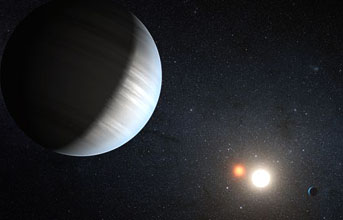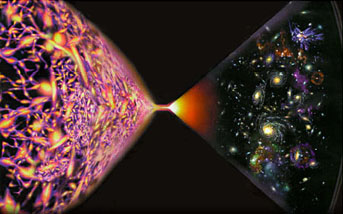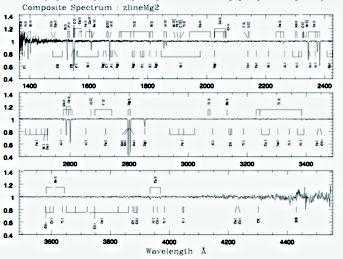 |
 |
 |
 |
 |
 |
 |
 |
 |
 |
 |
 |
|
Talks & Events
|
Faculty Research Seminars: 2012 Hunting for dark matter's particle identity Scientific Prospects for the Giant Magellan Telescope Phyiscs of thermonuclear super nova The Virial Equations as a Tool in Dynamical Astronomy Planetary System Architectures from Kepler The architecture of the Solar System is characterized by the planets orbiting in the same direction the Sun spins. The interpretation is the whole system arose from a spinning gas cloud, which flattened as it lost energy. Surprisingly, although hundreds of exoplanets had been found, we are only now learning about orbital alignments, via the stringent constraints and large numbers afforded by multiply-transiting systems in NASA's Kepler mission. I will take stock of the ~400 systems with more than one transiting planet found so far. By comparing transit durations of planets in the same system, we can see that inclinations of planets relative to each other are on the order of 2 degrees, just like in the Solar System. In one system of 3 planets, we can see the planets crossing starspots, and the detailed pattern shows that the planetary orbits and stellar spin are oriented in the same direction. Finally, I describe the six known circumbinary transiting planets. The dramatic time variations seen in these systems also encodes their nearly flat architecture, as well as giving crucial constraints for formation theories in a dynamically harsh environment. George Ellery Hale and the Forgotten Observatories of the University of Chicago Modelling formation of galaxies within cosmic web |






